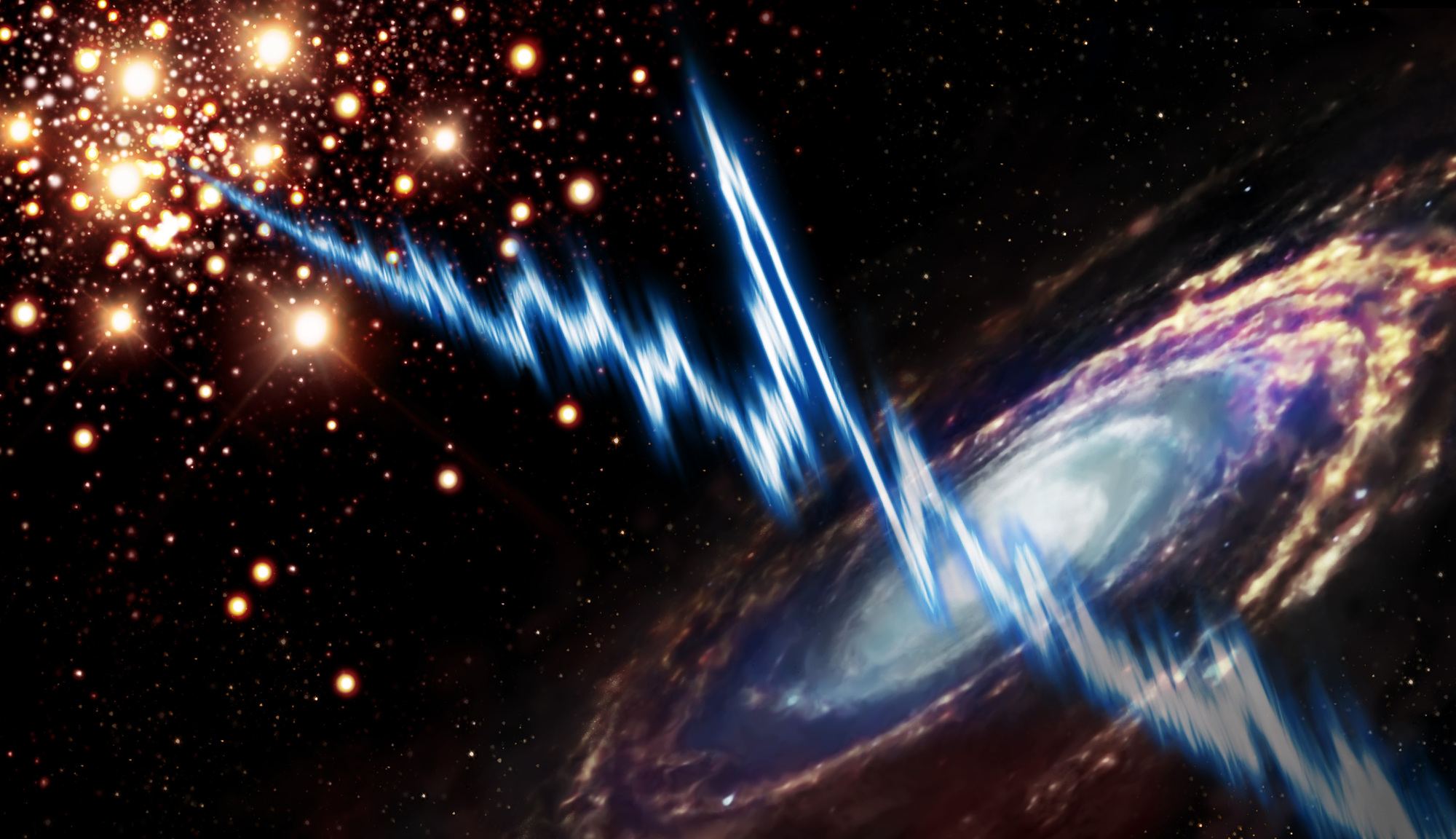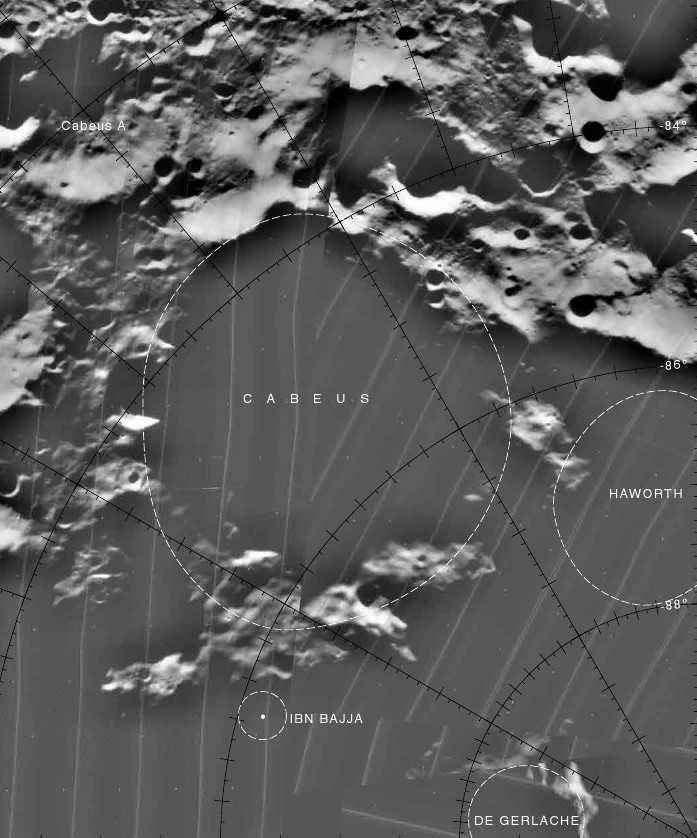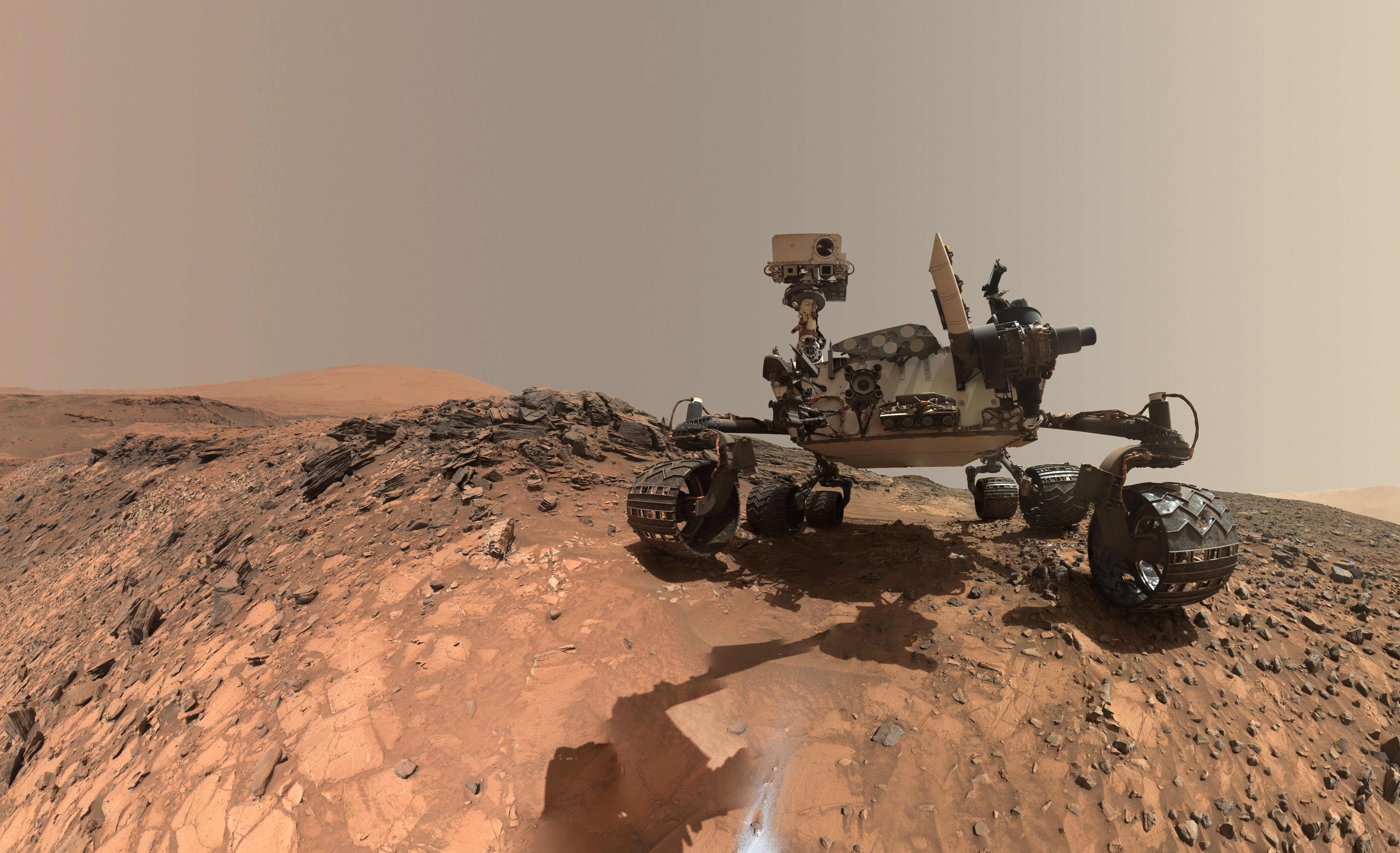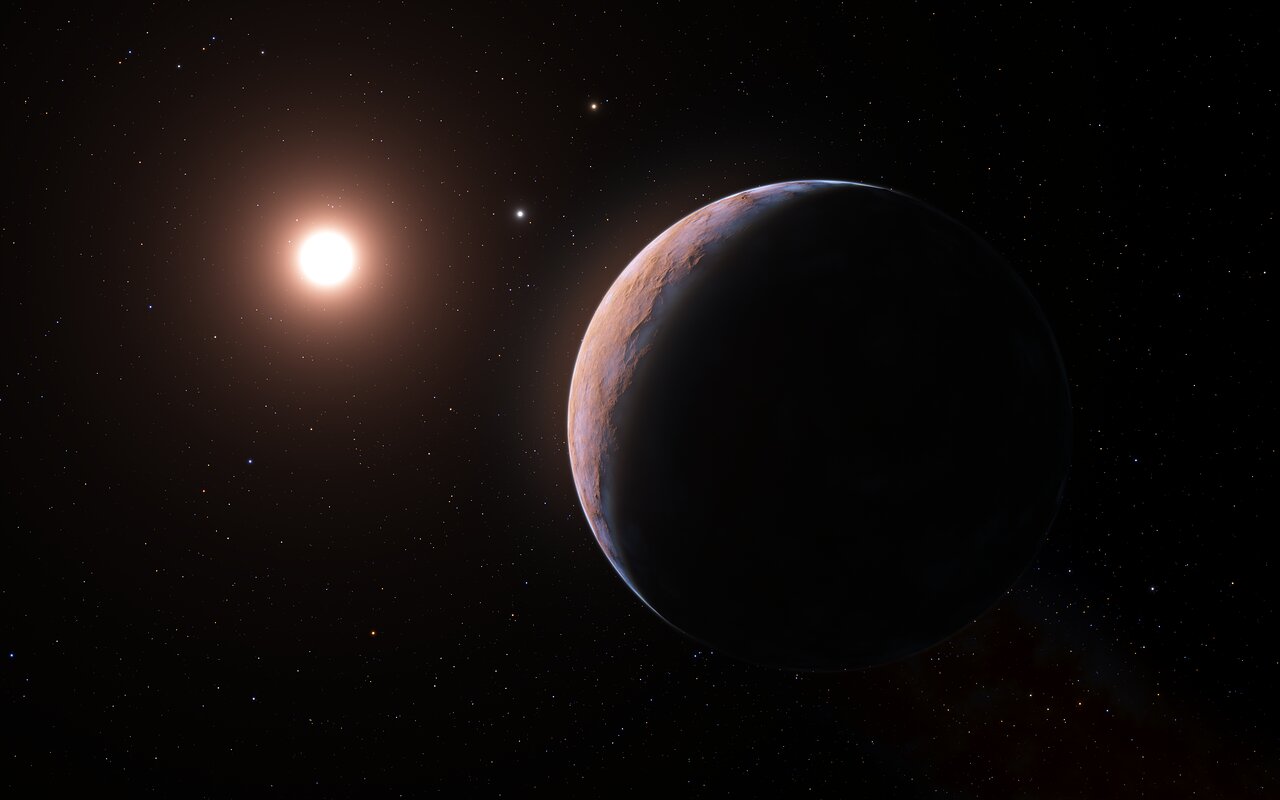Between the exponential growth of the commercial space industry (aka. NewSpace) and missions planned for the Moon in this decade, it’s generally agreed that we are living in the “Space Age 2.0.” Even more ambitious are the proposals to send crewed missions to Mars in the next decade, which would see astronauts traveling beyond the Earth-Moon system for the first time. The challenge this represents has inspired many innovative new ideas for spacecraft, life-support systems, and propulsion.
In particular, missions planners and engineers are investigating Directed Energy (DE) propulsion, where laser arrays are used to accelerate light sails to relativistic speeds (a fraction of the speed of light). In a recent study, a team from UCLA explained how a fleet of tiny probes with light sails could be used to explore the Solar System. These probes would rely on a low-power laser array, thereby being more cost-effective than similar concepts but would be much faster than conventional rockets.
Continue reading “Laser-Powered Sails Would be Great for Exploring the Solar System too”








